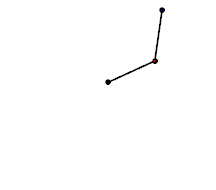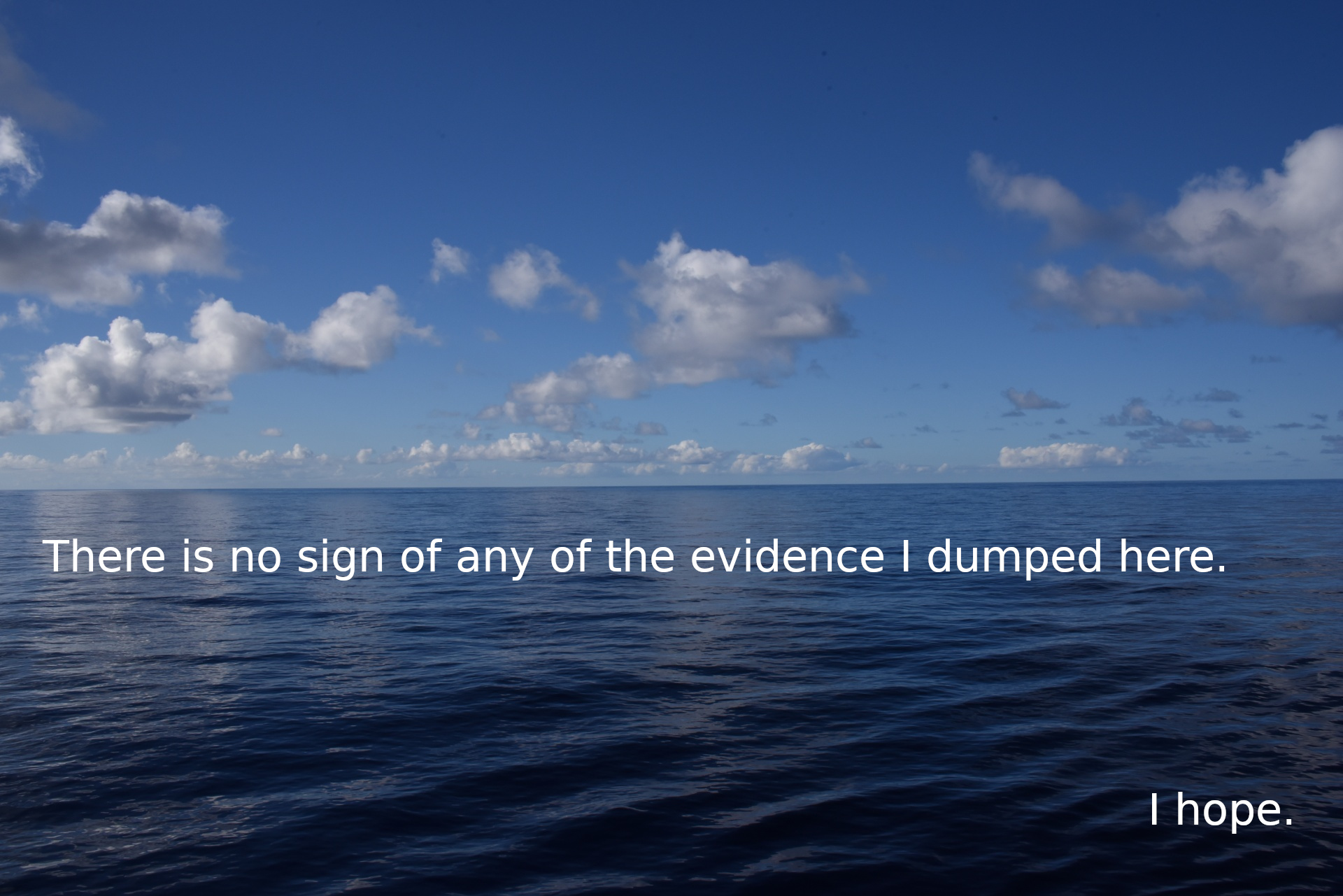Chaos and Stability
Human lifespan, athletic performance and the number of children a woman can gestate are short-tailed. We operate within hard physical limits. Wealth, power, fame, pandemics, religions, pleasure and pain are long-tailed. They are Pareto-Distributed. Less than 1% of the world population owns more than 99% of the private jets.

What determines whether a distribution is short-tailed or long-tailed? Leverage, information and recursive growth.
Leverage
Leverage is the potential for a single decision to have wide-ranging effects. Leveraged systems are chaotic.
Japan’s Sengoku Jidai (Warring States Period) was a chaotic era. Chaos favors the underdog. The Sengoku Jidai was so chaotic the underdog sandal-bearer Toyotomi Hideyoshi became Daimyo of Japan. Hideyoshi was succeeded by Tokugawa Ieyasu who founded the Tokugawa shogunate.
The opposite of leverage is stability. The Tokugawa shogunate enforced a period of stability from 1603 to 1868. Social mobility was outlawed[1]. No longer could a farmer become a lord.
Mathematically, a chaotic system is one in which a small change to the initial state has a large change to the later state. Weather, politics and double-pendulums are all chaotic systems.

The opposite of a chaotic system is a stable system. A stable system is one in which a large change to the initial state produces a small change to the later state. The flat(ish) surface of the ocean is stable. If you make a big splash, the surface of the ocean will quickly revert to the usual wave pattern as if you had never been there.

Many of the systems we interact with are quasi-stable. A quasi-stable system is stable up to the point it suddenly becomes chaotic. Financial markets are quasi-stable. The value of mortgage-backed securities was reliable until 2008 when suddenly it wasn’t. Governments are quasi-stable too because allies will flock to the winning side. Small rebellions are crushed by the government but big rebellions become the government. Your human body is good at maintaining internal homeostatis until it isn’t and you die.

Whether a system is “stable” or “chaotic” often depends on the scale at which you observe it. A brick wall appears stable if you observe it with the macroscopic human eyes but appears chaotic if you look at the movement of individual atoms. If there is a chance the brick wall may be knocked down then you may consider it quasi-stable.
You have leverage when you are a small component of a large chaotic system. You lack leverage when you are a small component of a large stable system.
Information
Imagine you are a single helium atom bouncing around balloon full of air. There is nothing you can do to alter the macroscopic physics. Even if you ram into rubber balloon wall as hard as you can the slight pressure difference wouldn’t even be measurable to a human child holding the balloon.
Now imagine you are a seed crystal in a supercooled bottle of water. You can cause the water molecules to freeze that otherwise would have remained liquid, thus annoying the child who was trying to create supercooled bottle of water for her science experiment.

What is the difference between the bottle of air and the bottle of water? One of them is a free energy gradient. (For more information about how free energy gradients probably kickstarted life check out my book review of The Vital Question.) The balloon has an free energy gradient too but our single helium atom bounding around is not quite fast enough to puncture the balloon. A balloon is quasi-stable from the perspective of a human being (because you can puncture it with a needle) but stable from the perspective of a helium atom (because the helium atom cannot puncture the rubber).
In our supercooled bottle of water example, the only thing special about our seed crystal is its configuration. Our seed crystal doesn’t affect the rest of the bottle directly. It can only affect its own neighborhood. The water molecules in our seed crystal aren’t what propagates. It is information about the molecules’ organization that propagates. Leverage is about the spread of information.
Recursive Growth
Technically-speaking, our water followed a polynomial growth curve, not an exponential growth curve. (Polynomial growth curves are big- slower than exponential growth curves.) Even more pedantically, the cosmic speed limit in three dimensions limits us to cubic growth curves (ignoring quantum computers).
If you have read about leverage then you have probably encountered the term “exponential growth”. It would be more precise to say “recursive growth”. Polynomial growth gets you plenty of leverage just fine.
Recursive growth often produces chaotic systems. Consider cancer. Tumors grow recursively because each tumor cell produces more of itself. The microevolution of cancer is chaotic because each of those tumor cells has a small chance of mutating into a metastatic cell. Metastatis is the difference between having a tumor and having cancer.
If you’re thinking “that sounds like macroevolution” then you’re right! Evolution is always chaotic. It doesn’t matter whether you’re evolving species, societies, memes, financial derivatives, cryptocurrencies…or cancer.
Evolution
There are two ways to fight evolution. One is to make your system so stable the patterns never change. This is what the Tokugawa shogunate attempted to do and what Yudkowsky means when he says no evolution for nanodevices. The other way is make your system so unstable that complex patterns die before they can reproduce. Think thermodynamic equilibrium e.g. “surface of the ocean” or “air bouncing around a balloon”.
If you are part of a rapidly-evolving system then is leverage everywhere. If you are part of a stable system then you have no leverage at all…unless the system is just quasi-stable. If there is no potential energy to harness then there is nothing you can do.
- ^
In theory. In practice, rich merchants could buy their way into the samurai class. Meanwhile, the samurai’s stipends were eaten by inflation.
How does private jet ownership compare to jet ownership?
It seems those politicians are already popular in memes in general.
That is one of the conditions.
From https://en.wikipedia.org/wiki/Chaos_theory#Chaotic_dynamics:
″
a commonly used definition, originally formulated by Robert L. Devaney, says that to classify a dynamical system as chaotic, it must have these properties:[21]
it must be sensitive to initial conditions,
it must be topologically transitive,
it must have dense periodic orbits.
″